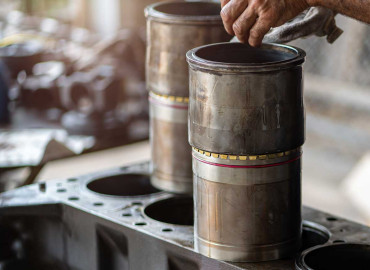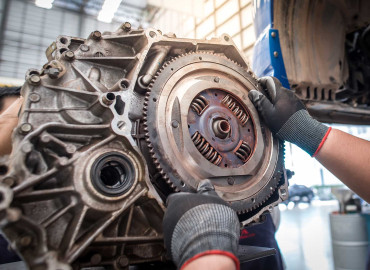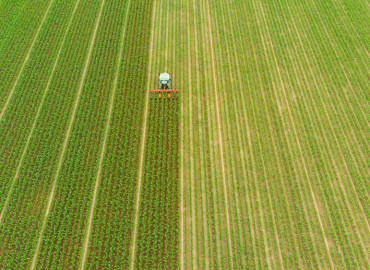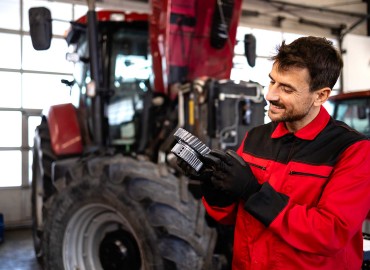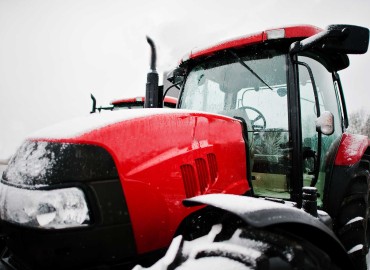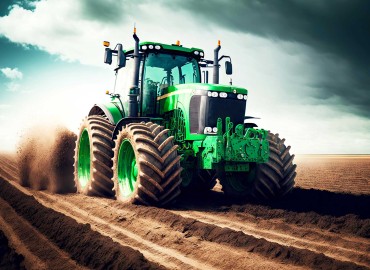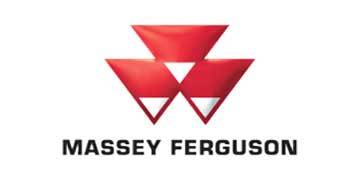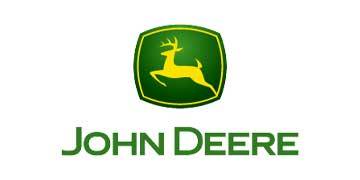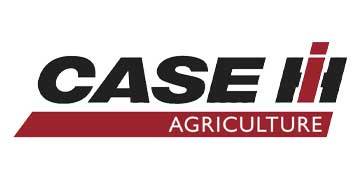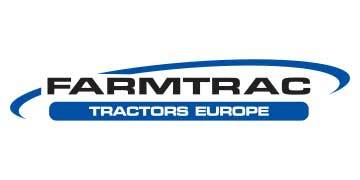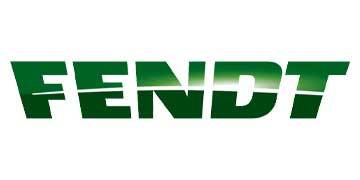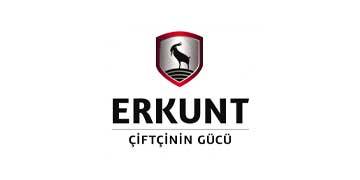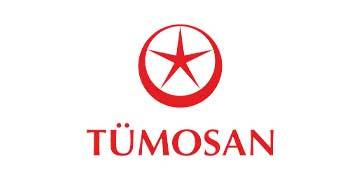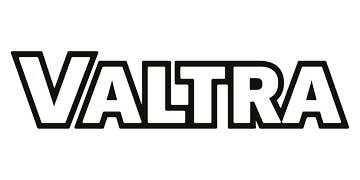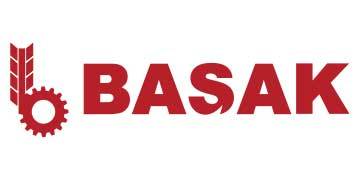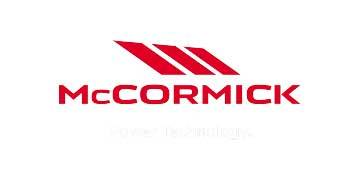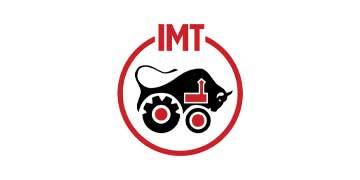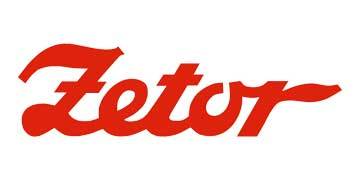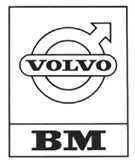The engines of tractors face the risk of overheating while doing heavy work in agricultural areas. The cooling system plays a critical role for the efficient operation and long life of the engine. The cooling system prevents overheating by keeping the operating temperature of the engine at an ideal level. This system is effective with multiple parts working in harmony. So, which parts are found in the tractor cooling system and what are their tasks?
Importance of Cooling System
The cooling system ensures trouble-free operation of the engine and prevents malfunctions. Tractor engines are constantly exposed to high temperatures as they work under heavy load in agricultural activities. An overheated engine can cause deformation in mechanical parts, deterioration in the lubrication system and even complete engine shutdown. At this point, the cooling system comes into play and ensures that the engine operates in the ideal temperature range.
How Does the Cooling System Work?
Thecooling system is a mechanism that works with liquid or air circulation to control the temperature of the engine. Most tractors are equipped with water-cooled systems. In this system, the coolant circulating around the engine absorbs the heat of the engine and this liquid is then directed to the radiator and cooled. This cycle is repeated continuously. Thus, the engine temperature is kept under control.
Basic Parts of the Cooling System
The cooling system has many important parts. Each of them fulfils specific tasks for efficient operation of the system and protection of the engine. The most important parts forthe tractor cooling system are as follows:
- Radiator: The radiator is one of the most basic parts of the cooling system. It is designed to reduce the temperature of the engine. The heat of the coolant is reduced as it passes through the radiator and sent back to the engine. The radiator keeps the engine at the ideal operating temperature and prevents overheating.
- Thermostat: The thermostat is a part that regulates the temperature of the coolant. When the operating temperature of the engine does not reach the ideal level, the thermostat prevents the coolant from going to the radiator. When the engine reaches the ideal temperature, the thermostat opens and the liquid is directed to the radiator. In this way, the heating of the engine is accelerated and it is ensured to operate at the ideal temperature.
- Water Pump: The water pump is the mechanism that circulates the coolant around the engine. It ensures that the liquid circulates continuously in the engine and helps to cool every part of the engine. When the water pump fails, the fluid circulation stops and the engine overheats in a short time.
- Fan: Located behind the radiator, the fan provides airflow to reduce the temperature of the coolant. The fan rotates continuously while the engine is running and accelerates the cooling of the air passing through the radiator. Thus, the engine is cooled more efficiently and the risk of overheating is reduced.
- Coolant (Antifreeze): Coolant is a liquid that absorbs the temperature of the engine and is cooled in the radiator. Antifreeze prevents the engine from freezing in cold weather and overheating in hot weather. Regularly checking the coolant and keeping it at appropriate levels extends the life of the engine.
- Coolant Hoses: Hoses allow the coolant to circulate between the engine, radiator and other components. They are made of durable and heat resistant materials. Cracking or wear of the hoses can cause leaks in the cooling system and overheating of the engine. Therefore, the hoses should be checked regularly.
- Expansion Vessel: The expansion tank is a part that stores the volume of coolant that expands as the engine heats up. The volume of the liquid increases whilethe cooling system is running. This excess liquid is directed to the expansion tank. When the engine cools down, this liquid returns back to the system. Proper functioning of the expansion vessel ensures pressure balance in the cooling system.
Cooling System Maintenance
Regular maintenance is important for the tractor cooling system to operate smoothly. Some important points to be considered incooling system maintenance are as follows:
- Check Coolant Level: The coolant must be at the correct level for the engine to run efficiently. If the fluid is missing, it should be completed and antifreeze should be added if necessary.
- Do Not Neglect Radiator Cleaning: The radiator can become clogged with dust, dirt and insects over time. A clogged radiator can cause the engine to overheat. Regular cleaning of the radiator ensures efficient operation of the cooling system.
- Check Hoses: Coolant hoses are at risk of cracking or corrosion. You should check the hoses for leaks or damage. Damaged hoses should be replaced immediately.
- Check the Thermostat and Water Pump: You should check the thermostat and water pump for proper operation. When these parts malfunction, the engine overheats and major damage may occur.
- Make Sure the Fan is Working Efficiently: You should make sure that the fan motor and impellers are working properly. The efficient operation of the fan plays a critical role in cooling the engine.
 en
en  tr
tr 

